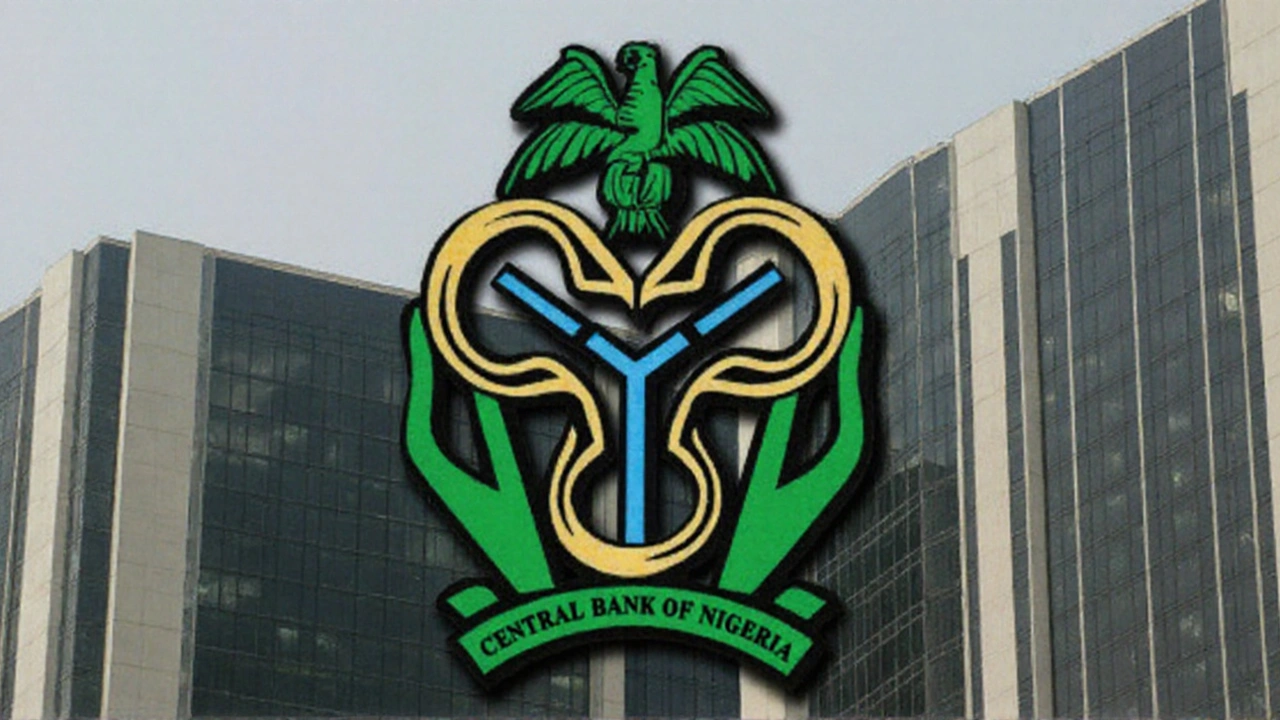Nigeria interest rate cut: what you need to know
If you’ve heard about the recent Nigeria interest rate cut, you’re probably wondering what it actually does for you. The Central Bank of Nigeria (CBN) lowered its main policy rate to 27.5%, and that move is meant to tighten the gap between official and parallel foreign‑exchange rates, calm food price rises, and boost confidence in the market.
In plain terms, a lower rate makes borrowing cheaper, but it also signals that the economy is trying to steady itself after a period of high inflation. For savers, the change can mean lower returns on fixed‑deposit accounts, while borrowers may see cheaper loan repayments. Let’s break down why the CBN made this decision and what it could mean for everyday South Africans who trade or invest across the border.
Why the Central Bank lowered rates
The CBN said the decision was based on three main observations. First, the official exchange rate has almost caught up with the parallel market, which reduces arbitrage opportunities and makes the foreign‑exchange market more stable. Second, food inflation – the biggest driver of overall price growth – has started to ease, giving the bank room to relax a bit. Third, Nigeria’s foreign‑exchange reserves have risen, giving the central bank a bigger cushion to support the currency if needed.
All three points point to a healthier macro environment, so the CBN felt comfortable easing monetary pressure. It’s a typical move: when inflation eases and reserves grow, central banks often trim rates to encourage spending and investment without sparking a new price surge.
How the cut affects your wallet
For borrowers, the most immediate benefit is lower interest on new loans and possibly on existing variable‑rate credit. If you’re looking at a personal loan, a mortgage, or a business line of credit, ask the lender about revised rates – even a 0.5% drop can save you hundreds of rand over the life of the loan.
Savers, on the other hand, might see a dip in the returns on bank deposits. That’s why many people start looking at alternative savings vehicles, like Treasury bills or short‑term money‑market funds, which can still offer decent yields even when the policy rate falls.
The foreign‑exchange scene also feels the impact. A narrower gap between the official and parallel rates can make it easier and cheaper to convert rand into foreign currency for imports, travel, or overseas investments. If you are an exporter, a more stable Naira can reduce the risk of sudden devaluations wiping out profit margins.
Overall, the rate cut is a mixed bag: cheaper credit but lower savings yields, plus a more predictable FX market. The key is to adjust your personal finance plan accordingly.
Practical steps you can take right now include refinancing high‑interest debt, reviewing your savings strategy, and keeping an eye on the Naira‑to‑dollar spread if you deal with cross‑border transactions. Stay informed about any further policy moves – the CBN may adjust rates again if inflation picks up or reserves change.
Bottom line: the Nigeria interest rate cut is an attempt to keep inflation in check while supporting economic activity. By understanding the reasons behind it and how it touches your financial choices, you can make smarter decisions and protect your money in a shifting landscape.
Nigeria interest rate cut: How the 50‑bp CBN move could reshape SME credit and household loans
The Central Bank of Nigeria lowered its policy rate by 50 basis points, a bold step that analysts say reflects rising confidence in the economy. Faster GDP growth, a surge in foreign direct investment and a shift toward naira‑denominated assets set the stage. The cut promises cheaper credit for small firms and households, but its impact hinges on banks' response and exchange‑rate management.

